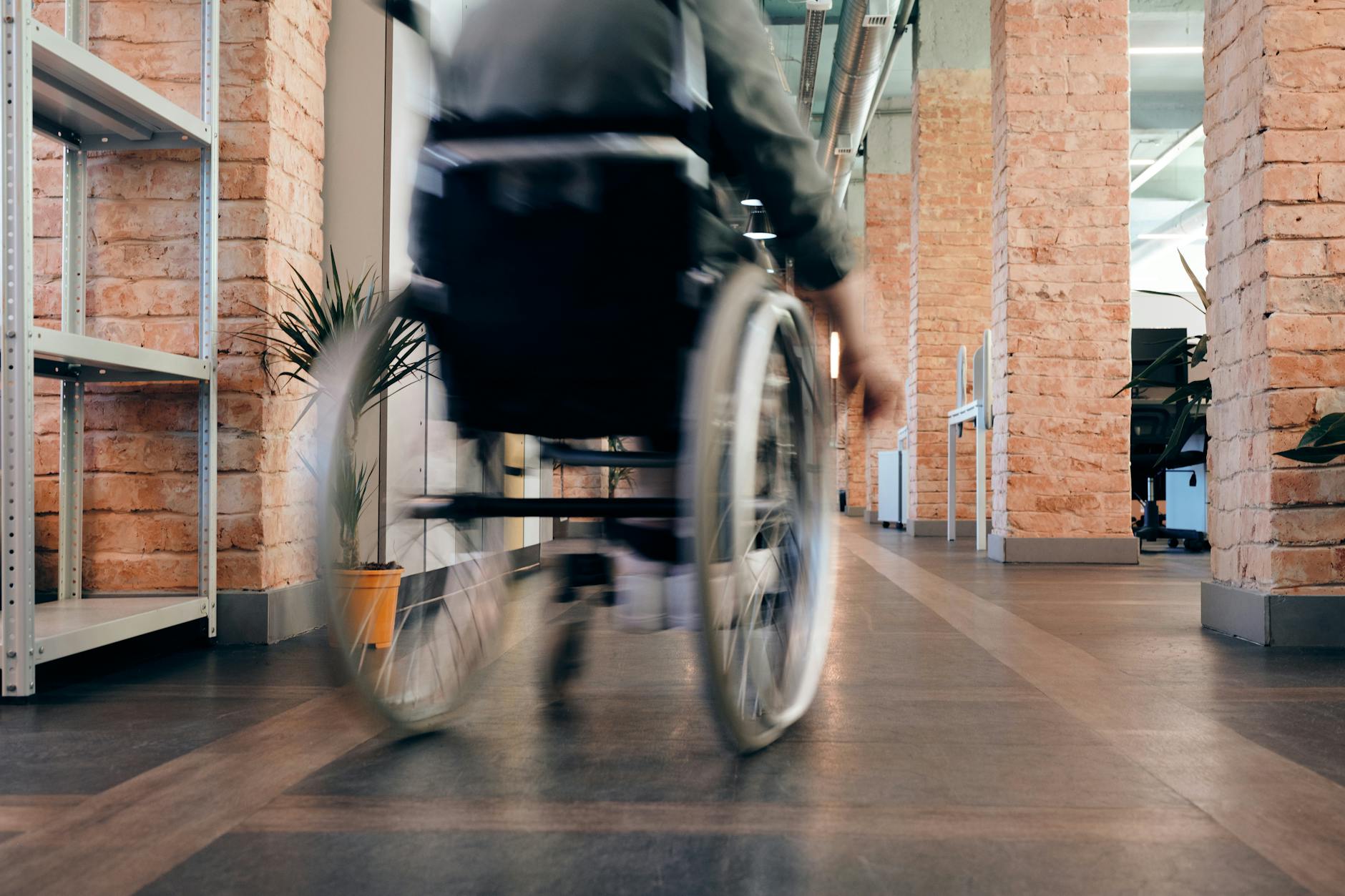Discover the hidden truths and surprising facts about Parkinson’s disease in this in-depth guide that will shake up your knowledge.
Table of Contents
Parkinson’s Disease is a progressive neurological disorder that affects movement. It is estimated that nearly one million people in the United States are living with Parkinson’s Disease, with approximately 60,000 new cases diagnosed each year. While there is no cure for Parkinson’s Disease, there are treatment options available to help manage symptoms and improve quality of life.
Understanding Parkinson’s Disease
Parkinson’s Disease is caused by the gradual loss of dopamine-producing cells in the brain. Dopamine is a neurotransmitter that plays a key role in movement control. When dopamine levels are low, individuals may experience tremors, rigidity, and difficulty with balance and coordination.
Early signs of Parkinson’s Disease may include tremors in the hands, arms, or legs, stiffness in the limbs, and slowness of movement. As the disease progresses, individuals may also experience changes in speech, posture, and walking ability.
Diagnosis and Treatment
Diagnosing Parkinson’s Disease can be challenging, as there is no specific test to confirm the presence of the disease. Healthcare providers may rely on a combination of symptoms, medical history, and neurological exams to make a diagnosis.
Treatment options for Parkinson’s Disease aim to manage symptoms and improve quality of life. Medications such as Levodopa, dopamine agonists, and MAO-B inhibitors can help increase dopamine levels in the brain. Physical therapy, occupational therapy, and speech therapy may also be recommended to improve mobility and communication skills.
Lifestyle Management
Living with Parkinson’s Disease can be challenging, but there are ways to maintain quality of life and independence. Regular exercise, a healthy diet, and adequate rest can help manage symptoms and slow disease progression. It is also important to stay engaged socially and mentally, as social interaction and cognitive stimulation can have a positive impact on overall well-being.
Social Support and Resources
Support groups and resources are available for individuals living with Parkinson’s Disease and their caregivers. Connecting with others who understand the challenges of the disease can provide emotional support and encouragement. Additionally, organizations such as the Parkinson’s Foundation offer educational materials, webinars, and local events to help individuals stay informed and connected.
| Section | Description |
|---|---|
| What is Parkinson’s Disease? | Parkinson’s disease is a neurodegenerative disorder that affects movement. It is characterized by symptoms such as tremors, stiffness, and difficulty with balance and coordination. |
| Causes of Parkinson’s Disease | The exact cause of Parkinson’s disease is unknown, but factors such as genetics, environmental toxins, and aging are believed to play a role. |
| Symptoms of Parkinson’s Disease | Common symptoms of Parkinson’s disease include tremors, bradykinesia (slowness of movement), rigidity, postural instability, and freezing episodes. |
| Treatment Options | Treatment for Parkinson’s disease may include medications, surgery, physical therapy, and lifestyle changes. The goal of treatment is to manage symptoms and improve quality of life. |
| Living with Parkinson’s Disease | Living with Parkinson’s disease can be challenging, but with the right support and resources, individuals can lead fulfilling lives. Support groups, exercise, and adaptive technology can all help improve quality of life. |
Conclusion
Managing Parkinson’s Disease is a journey that requires patience, perseverance, and a multidisciplinary approach. By working closely with healthcare providers, staying active, and accessing the support of others, individuals living with Parkinson’s Disease can lead fulfilling and meaningful lives. Remember, you are not alone on this journey, and there is hope for a brighter future.
FAQ
What are the early signs of Parkinson’s Disease?
Answer 1: Early signs of Parkinson’s Disease may include tremors in the hands, arms, or legs, stiffness in the limbs, and slowness of movement.
How is Parkinson’s Disease diagnosed?
Answer 2: Diagnosing Parkinson’s Disease can be challenging as there is no specific test. Healthcare providers rely on a combination of symptoms, medical history, and neurological exams.
What treatment options are available for Parkinson’s Disease?
Answer 3: Treatment options for Parkinson’s Disease may include medications like Levodopa and dopamine agonists, physical therapy, occupational therapy, and speech therapy to manage symptoms and improve quality of life.
How can lifestyle changes help in managing Parkinson’s Disease?
Answer 4: Lifestyle changes such as regular exercise, a healthy diet, adequate rest, social engagement, and cognitive stimulation can help manage symptoms, slow disease progression, and improve overall well-being for individuals living with Parkinson’s Disease.





